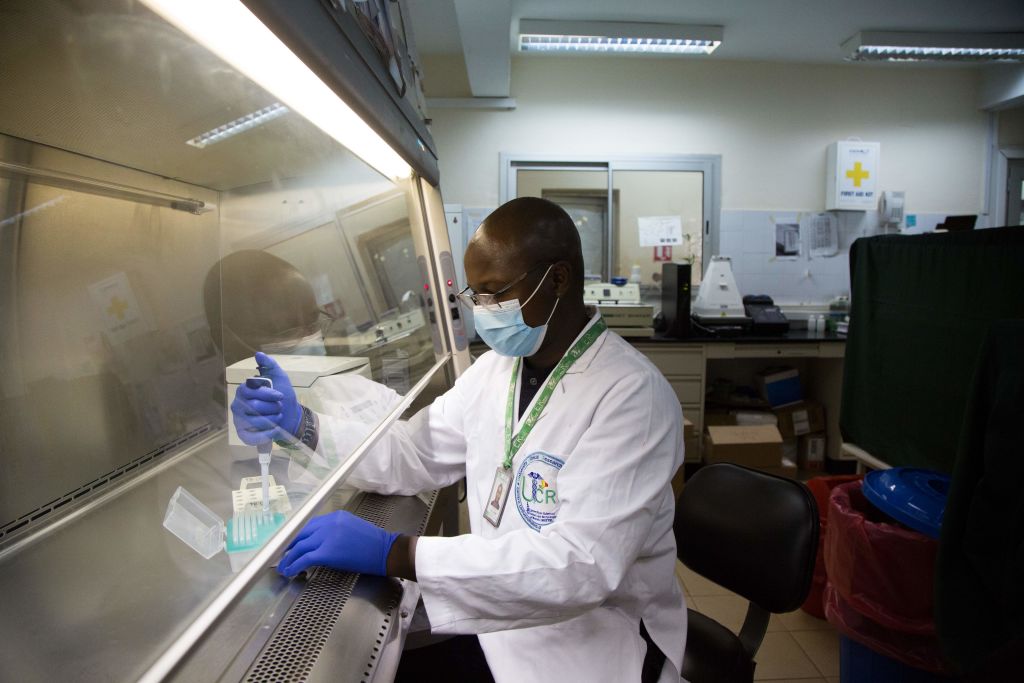ADF STAFF
The seven coronaviruses known to infect humans cause illnesses as mild as the common cold and as deadly as COVID-19. One team of South African researchers believes it has found the key to determining “the difference between a blocked nose on the one hand and collapsed lungs on the other.”
The researchers from the University of the Western Cape described their findings in a recent article in The Conversation.
The key factor, they say, in deciding whether a coronavirus is mild or deadly lies in the compounds it uses to assemble the envelope that contains the virus’s components.
Envelope proteins are one of three parts, along with membrane proteins and spike proteins, that make up the shell of the virus. The virus’s genetic material that it uses to replicate inside infected cells travels inside the shell.
Like keystones in an arch, envelope proteins help create the curve of the virus’ ball-shaped shell. Along with helping hold the virus together, the shape of envelope proteins also plays a role in the virus’s ability to reproduce inside a cell.
“Our ongoing research is beginning to suggest that the structure of the envelope protein may determine the severity of a coronavirus disease,” wrote lead author and virologist Dewald Schoeman.
Envelope proteins are small and, until recently, were largely ignored by researchers. They have gotten more attention with the appearance of COVID-19 because they appear to be a crucial part of turning certain coronaviruses into killers.
Schoeman’s team says the difference between suffering a stuffy head and needing a ventilator comes down to the tiny, flexible tip of the envelope protein.
In the coronaviruses that cause COVID-19, SARS, and MERS, envelope proteins have those flexible tips. Less dangerous coronaviruses, such as those that cause the common cold, have rigid tips.
Damaging the tips of COVID-19 envelope proteins in the laboratory caused infected cells to produce fewer new virus particles, and most of the ones they did produce were misshaped. The hijacked cells also contained a large amount of detritus that researchers believe to be the remains of failed viruses.
Removing the envelope proteins stopped new virus particles from reaching maturity.
Although more work remains to understand the role of envelope proteins, Schoeman and his team say their work shines valuable light on the inner workings of COVID-19 and coronaviruses like it.
“In doing so, it could offer opportunities for the development of essential life-saving treatments,” the researchers wrote in The Conversation.

